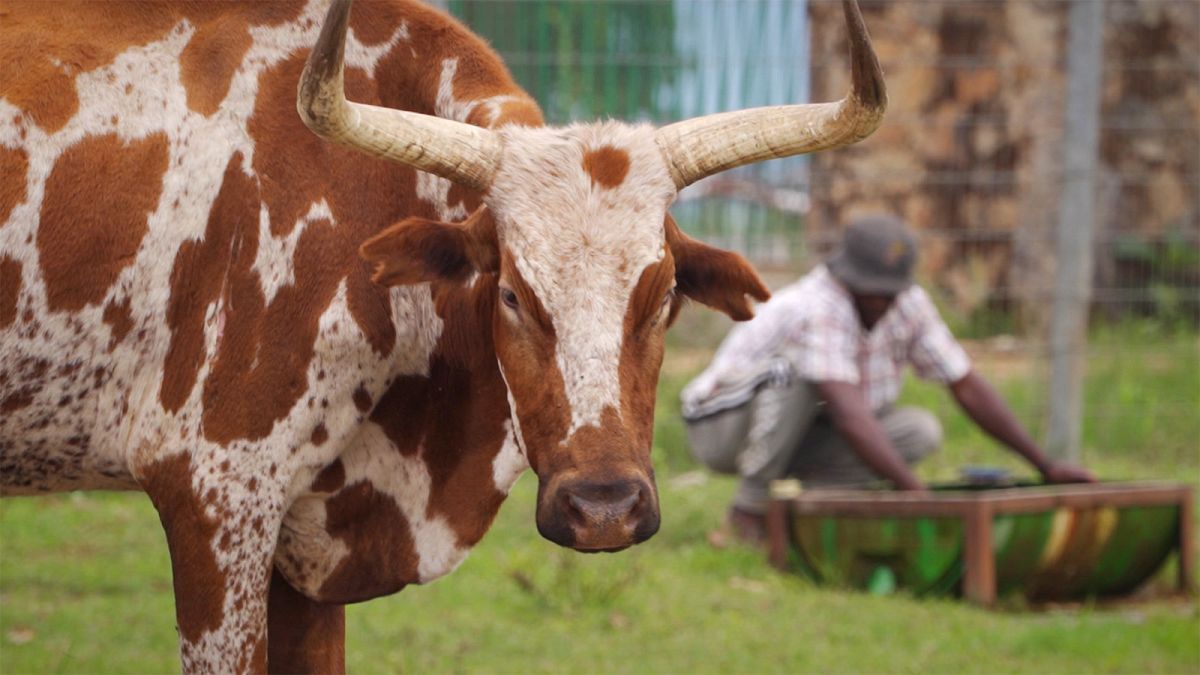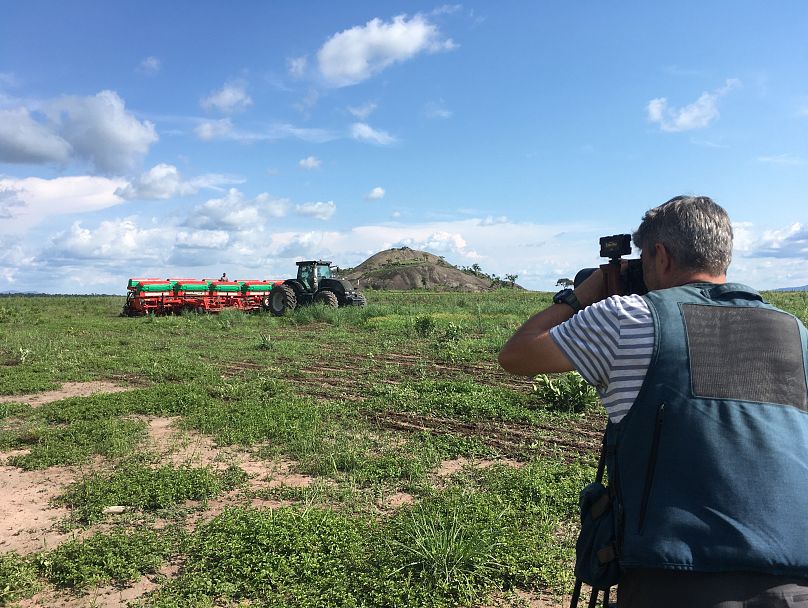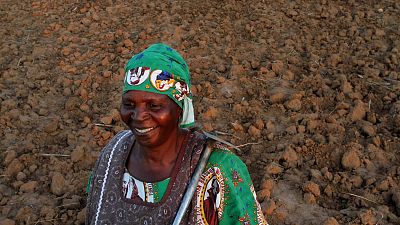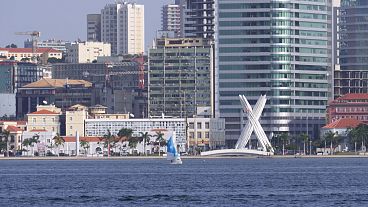A province nearly twice the size of Belgium, Angola's Kwanza Sul has undergone major investment in agriculture and infrastructure that's paying off in farms large and small
A province nearly twice the size of Belgium, Angola's Kwanza Sul has undergone major investment in agriculture and infrastructure that's paying off on farms both large and small. Business Angola visits Aldeia Nova, a company working with some 700 local farmers and their families in 14 nearby villages, individually producing crops, meat, eggs and dairy-related products. The company provides the animals and the feed and pays for what the farmers produce, minus the costs.
Collective farming
It's collectively, managed by Kobi Trivizki, an Israeli who grew up on a kibbutz and knows how to work collectively.
"We make sure the work is divided equally between men and women and we pay attention to the environment," he explains. "We pay attention to the quality, to honesty, and finally we pay on time and we pay what you deserve."
Aldeia Nova produces thousands of litres of milk per day which is turned into butter, cheese, ice cream and yoghurt. It also produces six tonnes of meat per week, 250,000 eggs per day, and sells one million litres of soybean oil per year.
Improved roads and infrastructure
Improved roads and other infrastructure means Aldeia Nova can compete with other major producers in supermarkets both in the capital Luanda and other cities.
It's a major accomplishment for hundreds of farmers in Kwanza Sul like Julio Miguel, who is raising chickens and selling eggs through Aldeia Nova.
Each farmer gets two or three hectares of land and the system works on the basis of trust between the company and individual farmers.
"It requires responsibility because if you want the company to trust you to give you the birds, you have to function properly, with the order and the discipline they expect," he says. "This is how you get the income to support your family, your children at school, your household."
While it took international investment from an Israeli company, it also took hands-on management by Kobi Trivitzky, who has built a sense of trust and commitment among the farmers. He says his childhood spent on a kibbutz in Israel has helped him run the company.
"The kibbutz taught you to see other people's needs," he explains. "And it taught you to understand agriculture, and to think about people around you, not only about yourself."
For investors who understand the market, this region provides opportunities in farming and related sectors, especially if the infrastructure continues to improve.
Eduardo Lima is Country Manager for LonAgro, the official dealer for farm equipment firm John Deere.
"There has been a lot of effort and I see it as a foreign investor," he says. "And I feel things have changed, there's more support in infrastructure and there are new dams."
Fazenda de Santo Antonio mega-farm
It contrast to Aldeia Nova, Fazenda de Santo Antonio is a mega-farm spanning thousands of hectares. Run by a Portuguese-led company, it produces corn soya and raises cattle and pigs with plans to invest another 10 million euros expanding it operations.
Better infrastructure, including roads, electricity and water, have made it easier for farmers to grow crops and get them to market. With about 45 million euros of investment, it is Angola’s largest irrigated farm with 5,000 hectares of cultivated land and 1,200 head of cattle.
José Alexandre Silva is a manager at Fazenda de Santo Antonio. He says the Kwanza Sul region is well-adapted for farming.
"We have the weather, the water - there are two rivers here," he says. "We have the climate, which is very important, and the altitude. So basically we have the best pork, the best beef and the best maize to feed Angola."
The farm has about 790 sows, which produce some 22,000 pigs per year. Maize and soya is turned into feed and flour for domestic consumption.
"We want people to come here to invest," says José Alexandre Silva, "because we need about 200 farms like this one in order for Angola to become self-sufficient."
By taking on challenges, international businesses are forging ahead here in Angola to stay one step ahead of the competition.






